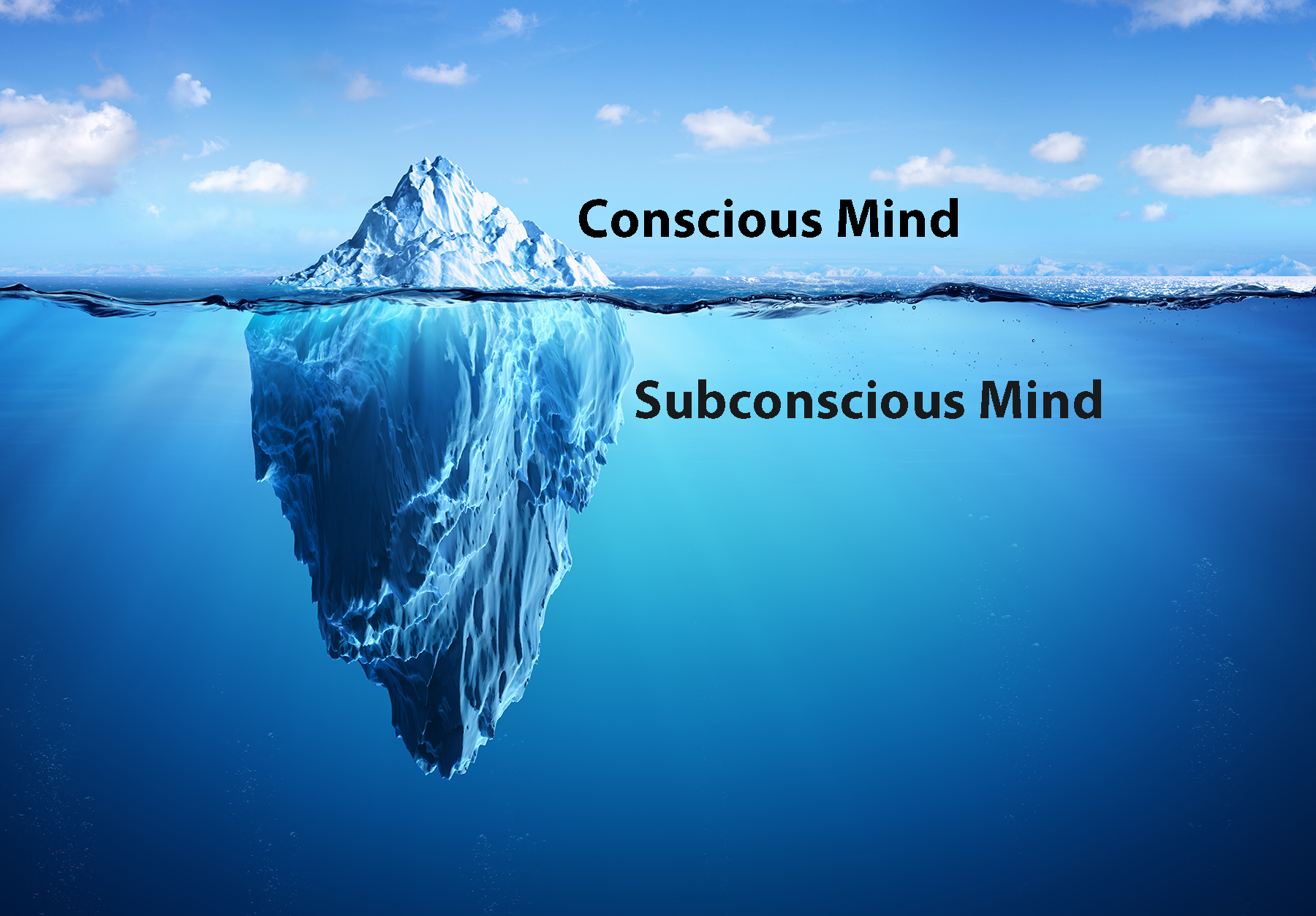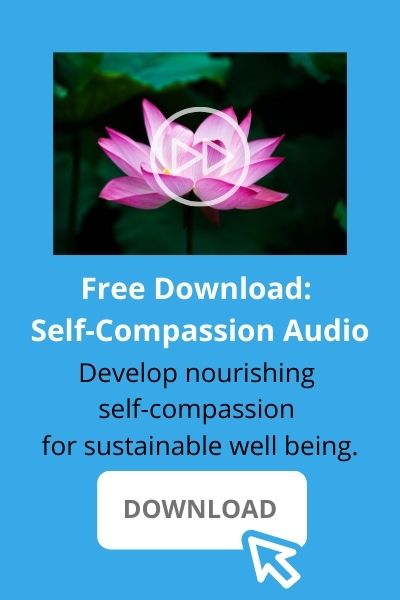For those of us on the path of inner growth and personal development, the subconscious (or unconscious) mind is a treasure trove just waiting to be tapped. Imagine being able to access memories, beliefs, perceptions, observations and sensory information gathered from all of our experiences. To have this fortune of knowledge at our fingertips can aid us immensely as we seek to solve current problems, or gain a fuller understanding of who we genuinely are.
The only problem is that the subconscious mind exists just out of reach of our conscious thinking processes, and there’s an excellent reason for that. In his 2002 book “Strangers To Ourselves,” Timothy D. Wilson, Professor of Psychology at the University of Virginia, states that human beings “take in 11,000,000 pieces of information per second.” Can you picture the catastrophic repercussions of having to process 11,000,000 pieces of information per second with our conscious minds? We would all quickly go crazy and stop functioning.
In actuality, our conscious minds process 40 pieces of information per second. That doesn’t sound like a lot in comparison to 11,000,000, but even with that small amount of information reaching our conscious minds, it is easy for us to become overwhelmed with data. Fortunately, the subconscious mind is on the job.
In addition to many other tasks, our subconscious mind stores an amount of information so vast that it is difficult for us to imagine it. It is an organic computer that is continuously active gathering data, building connections and identifying patterns, that runs in the background of our lives 24 hours a day. What an incredible asset we human beings carry with us everywhere we go.
Information storage is the superpower of the subconscious mind, but it also has a weakness. That weakness is the inability to come to a careful, considered judgment. Although it is fast and infinitely sensitive, the subconscious mind may not always reach the appropriate conclusion for a specific set of circumstances in the present moment.
Fortunately, that ability is alive and thriving in the conscious mind. In effect, the conscious mind acts as a check and balance system for the subconscious. With our conscious minds, we can examine our present situation slowly, in detail, and draw conclusions based on both experience and empirical knowledge.
While the subconscious mind may react quickly, the conscious mind can take time to consider all the options and reach a more balanced understanding of each situation. It’s a miraculously well-designed system that has evolved for our benefit. How lucky we are to be living with the power and beauty of this combination of minds!
Yet there is also frustration as we consider this elegant structure of our minds. How do we intentionally tap into the enormous wealth of information stored in the subconscious mind?
We have been aware of the subconscious for thousands of years. In the fall 2016 edition of Tricycle Magazine, Soto Zen teacher Ben Connelly shares the Buddhist concept “of a “storehouse consciousness” (Alaya vijnana). This concept “arose about 2,000 years ago to help explain why people return so often to the same emotional states and viewpoints.”
Meditation and mindfulness training evolved to teach methods of quieting the conscious mind, so that we may detach from our thoughts and emotions and develop a sense of serenity. This is of supreme value to the quality of our lives but does not address the question of gaining insight and information from the subconscious mind.
In addition to meditation and mindfulness training, current neuroscience also has much to teach us about the brain and the conscious and subconscious mind. Heather Berlin, Ph.D., MPH, Icahn School of Medicine at Mount Sinai, explores the neural basis of the unconscious. She states that the conscious mind is “not a place in the brain. It’s a process, and it has to do with systems and networks.”
The same of course is true for the unconscious, or subconscious, mind. She goes on to say that, “when you remove the suppression of the prefrontal cortex, you can bring unconscious processes to the surface. Now, why would that be therapeutic? From a neural perspective, one idea is that you are now allowing the brain to form new connections.”
By quieting our conscious minds enough to allow subconscious thoughts to combine with conscious intention, we increase our creativity and augment our problem-solving capabilities. This creates the possibility of producing something altogether new.
All of these insights, studies, and practices are hopeful and beneficial in our quest for living a more fulfilled and authentic life, but questions remain. How do we access specific information in the subconscious mind that can help us solve a particular problem in the here and now? How can we educate our subconscious mind so that we may diminish fear and create new beliefs?
Clinical Hypnotherapy is a healing modality that answers those questions.



Hi Kim,
I’m sorry for the late response. Once you connect to the subconscious mind it becomes easier to do in the future. I often teach clients self-hypnosis for this very purpose. As to the super subconscious, yes, this can also be a part of a person’s journey, as one of my specialties is spiritual growth. In my experience, there is no reason why we can’t be connected to the super subconscious at all times, but that doesn’t mean we aren’t still experiencing problems. We are all souls evolving, and evolution is a process.